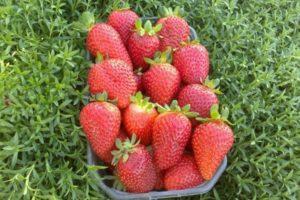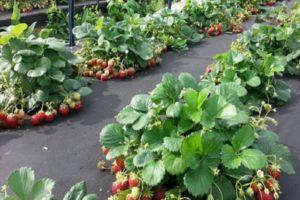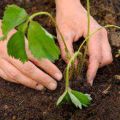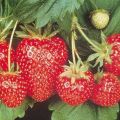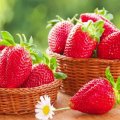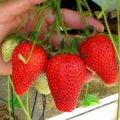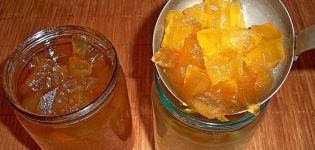Description and characteristics of Lambada strawberries, planting and care
Independent gardeners love and give away large areas of their country gardens for berries. However, there is often not enough time to "tinker" in the garden, caring for the seedlings. And I want to get the harvest in a short time. And certainly delicious and aromatic. It is to meet all the requirements in the last century in the Netherlands that the early ripening variety of Lambada strawberries was bred.
Description and characteristics of the Lambada strawberry variety
The Lambada strawberry is considered to be the earliest fruiting variety. Depending on the climatic characteristics of a particular region, the berries ripen in early May-June. Yield indicators reach two kilograms per bush per season. The plant has spreading tall branches, which also give a lot of whiskers. The foliage is large and bright green in color.
Strawberries reach 20 to 40 grams, they are not empty inside. The structure of Lambada is dense and well suited for preserves and juices. Fruits with a bright sweet taste and a special strawberry aroma.
Advantages and disadvantages of garden strawberries
Lambada has a strong taste and has many additional benefits:
- not afraid of severe cold weather;
- famous for its high yield ratio;
- planting density of bushes does not affect the yield;
- not susceptible to many classic strawberry diseases;
- unpretentious care;
- berries can be used in all common industries.
Important! The main disadvantage of the variety is that strawberries quickly deteriorate fresh, therefore they are not recommended for long-distance transportation and cannot withstand long-term storage.
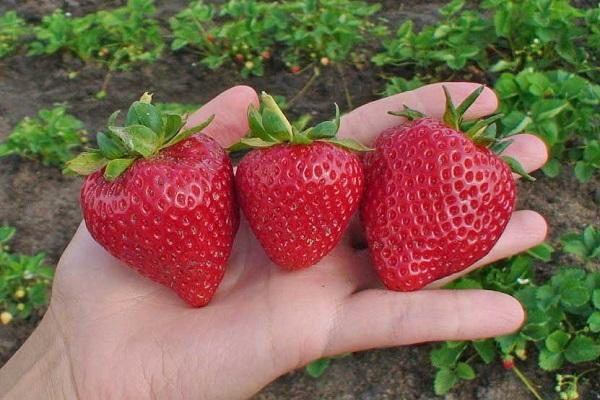
The nuances of growing strawberries
Planting any plant requires the creation of suitable conditions. For this, many indicators are taken into account:
- condition and location of the landing site;
- time of planting seeds and seedlings;
- further fertilizing of the soil;
- watering and loosening.
In general, this strawberry variety is unpretentious and does not need constant care. However, the variety loves moisture, so it is recommended to closely monitor compliance with the watering regime.
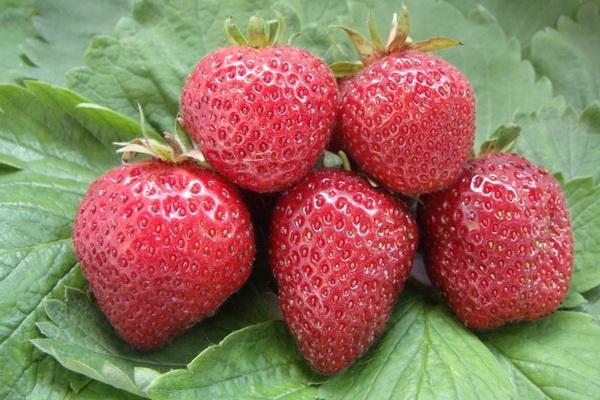
Where and when to plant
The Lambada strawberry variety is well developed both in greenhouse conditions and in the open field. It is important to take into account the acidity of the soil (the coefficient should be in the range of 5-6.5 pH) and its location. It is recommended to plant the plant in a low-lying area with good access for watering. The land must be finely loosened and weeds removed.
Lambada is a versatile berry variety. Due to the early maturity, it is allowed to sow seeds in spring and autumn, the strawberries fully ripen and bring an equally tasty harvest. With a closed root system, strawberries can be successfully grown in summer.
Selection of seedlings
The process of selecting Lambada seedlings does not differ from the selection of any other shoots. When choosing, it is recommended to follow several rules:
- the root system of healthy seedlings is dry, but not brittle, differs in the elasticity of the branches;
- the trunk and the bottom must not contain deep scratches, mold, mildew or signs of rot;
- it is also not recommended to choose too thick seedlings - this is not a sign of health, but of old age.
Important! It is recommended to buy seedlings from trusted gardeners. This avoids the risk of variety substitution and other undesirable consequences.

Landing technology
Since the Lambada strawberry variety is unpretentious, it does not require strict adherence to the planting scheme. However, before planting, it is recommended to keep the material in a light solution of potassium permanganate. The procedure will allow you to disinfect the seedlings and eliminate the risk of developing diseases at first.
Planting Lambada strawberries is required, on average, at a distance of 30 centimeters from each other. For this, a hole is prepared, the entire root system of a separate bush is lowered there, then it is sprinkled with earth. It is not recommended to strongly press the bush with earth. After burying, the plant needs to be pulled up a little so that the growing point is above the ground. Further, the beds are watered abundantly.
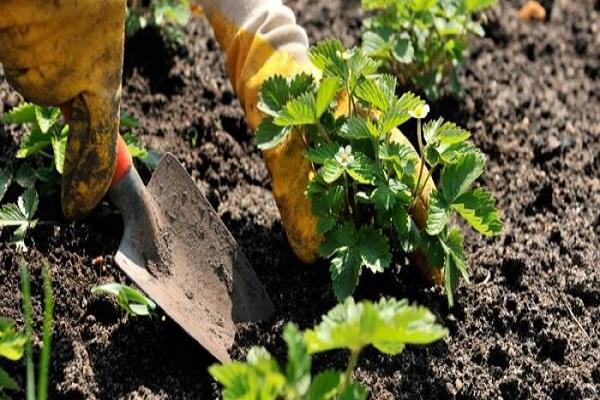
Plant care
To increase the yield of the Lambada strawberry variety, it is recommended to scrupulously apply several simple rules:
- despite the required volumetric watering, it is recommended to abandon these measures during flowering, since there is a risk of fungus in the plant;
- at least once a year, Lambada bushes need additional feeding.
You also need to be careful about mulching and loosening the soil - during these procedures, you can easily damage the root system of the plant. However, this does not mean that the process should be completely eliminated.

Watering, weeding and loosening
Lambada strawberries need regular loosening of the soil and getting rid of weeds. It is recommended to deal with the root soil once or twice per season, depending on the formation of the upper crust. These hardens are more often formed due to problems with the irrigation regime.
Lambada requires constantly moist soil (not flooded before the formation of a backwater, this leads to decay). Therefore, it is recommended to water the strawberries more often, not to let the ground dry out. Slight dryness of the top layer is already a reason to start watering.
Important! It is not recommended to pour cold water on Lambada strawberries. The best option would be to use settled water.
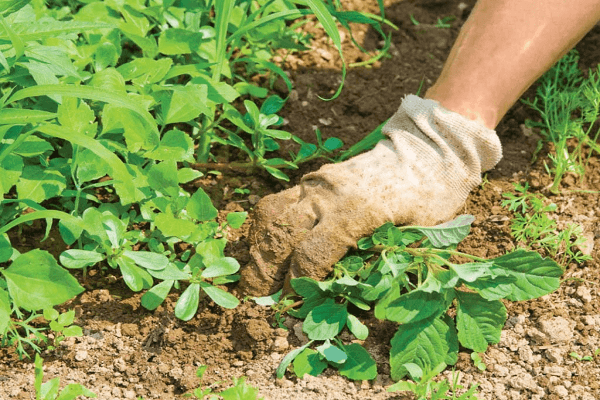
Fertilization and mulching
It is recommended to fertilize Lambada once or twice a year. To do this, use:
- a spoonful of urea, diluted in 10 liters of water (used during the formation of leaves);
- biological product Immunocytophyte. It is recommended to spray before flowering;
- a spoonful of nitrophoska, diluted in a bucket of water (before flowering);
- Dissolve a handful of baker's yeast in 10 liters of liquid and apply immediately after harvest;
- in mid-August, you need to mix 70 grams of ash, 50 grams of superphosphate fertilizers, water and water the plant at the rate of one bucket per square meter of soil.
Important! It is not required to use all the listed fertilizers, it is enough to choose 1-2 suitable options.

Diseases and pests
Lambada strawberries are susceptible to the development of fungal diseases. The only way to combat this ailment is to adjust the watering regime.Powdery mildew, which also often infects strawberry bushes, disappears under the influence of Topaz fungicide.
Protection from pests (bears, slugs, aphids, spider mites) will be a solution of copper sulfate or colloidal sulfur. Processing with ash with laundry soap also helps.
Reproduction methods
For home breeding of Lambada strawberries, two classic methods are suitable: using seed scattering and using antennae. To increase yields, experts recommend that you familiarize yourself with the description of each method.
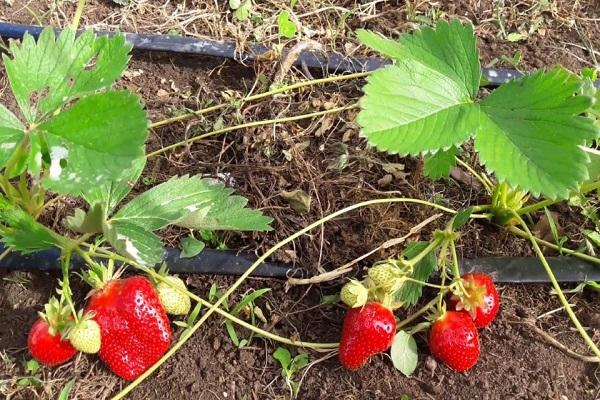
Seeds
The seeds are harvested from the largest and ripe berry. To do this, mash the strawberries with a fork in a cup, add water and leave for several days before fermentation begins. Then drain the water, separate the seeds, dry and leave in a dry place until sowing, which occurs in February.
Breeding with antennae
Antennae (rosettes) of Lambada strawberries are harvested in the fall, giving preference to specimens with regrown roots. Gardeners recommend treating them in a light solution of potassium permanganate before planting antennae in the ground (leave for 15 minutes). Potassium permanganate disinfects the roots well.
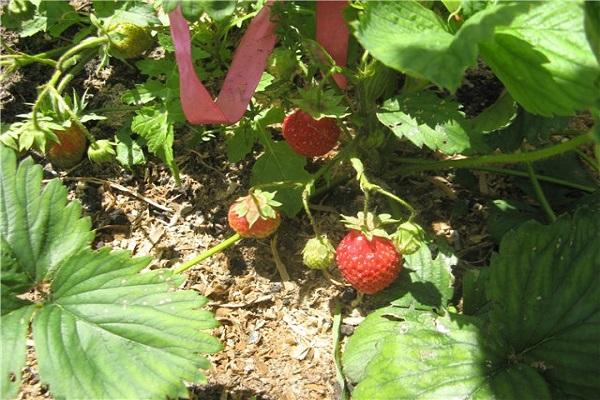
Problems arising in the cultivation of the Lambada variety
Lambada is an extremely unproblematic strawberry variety. It is very resistant to frost and pests. The only thing it is recommended to protect the plant from is the excessive accumulation of moisture. It is also required to avoid overripe berries, as they deteriorate very quickly, and remaining on the bushes, lure insects that can destroy the entire crop. The absence of a warming layer of humus can cause freezing of the roots and the death of bushes.
In general, Lambada is a fruitful and unpretentious variety. If all the necessary conditions are met, then bright, tasty and aromatic berries will soon certainly delight the gardener.
